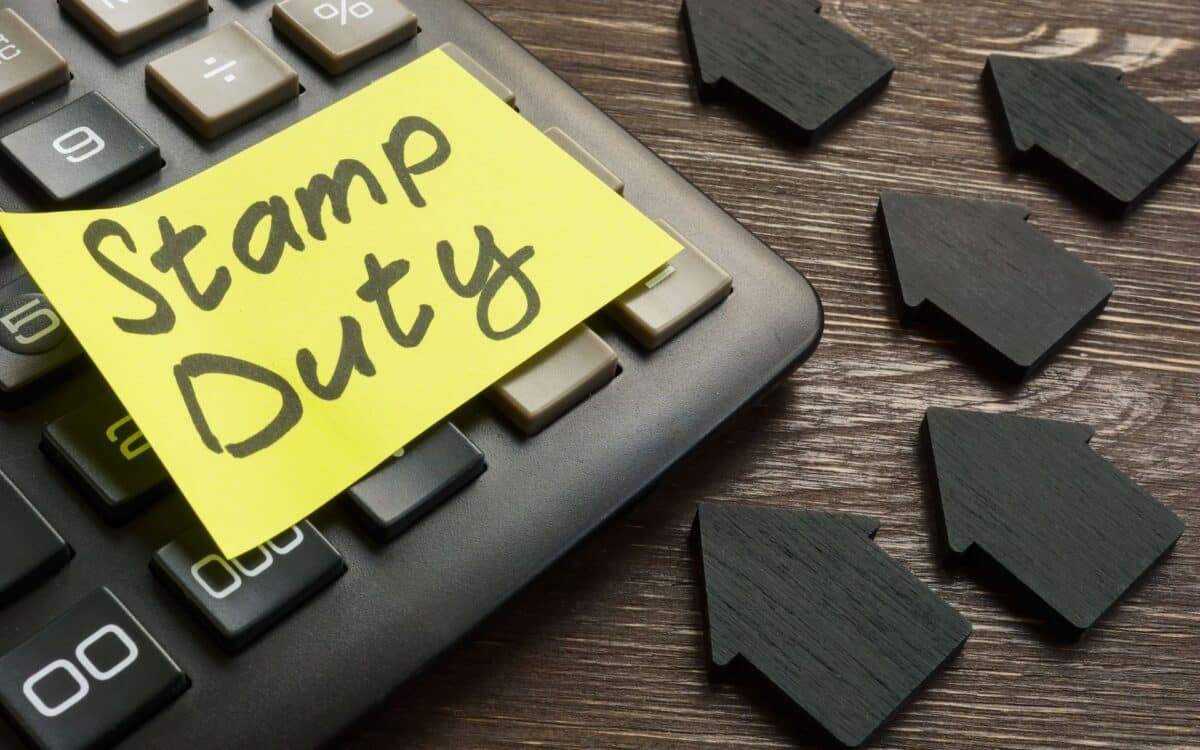From 1 April, thousands of prospective homebuyers in England will face higher stamp duty costs, as temporary tax thresholds introduced in 2022 are set to expire. According to Birmingham Live, the changes are expected to add up to £2,500 in additional expenses for many, prompting warnings from housing experts about the financial strain this could place on buyers.
Key Change to Thresholds
The stamp duty threshold will revert from £250,000 to £125,000, meaning property purchases above the lower limit will now be subject to the tax. This adjustment marks the end of a temporary relief introduced in September 2022 to support the housing market.
According to figures from Coventry Building Society, the stamp duty payable on an average-priced home in England will rise from £2,028 to £4,528, a £2,500 increase that buyers must now factor into their budgets.
Impact on First-Time Buyers
The update does not apply equally across the board. First-time buyers will still benefit from a separate threshold, with stamp duty applying only to purchases above £300,000—though this is a reduction from the £425,000 limit previously in place.
While the move is expected to affect buyers nationwide, those in northern England, who may previously have avoided paying any stamp duty due to lower house prices, will now face an unexpected cost increase.
Expert Advice on Managing the Hike
Jonathan Stinton, head of intermediary relationships at Coventry Building Society, emphasised the potential financial strain this change may bring:
“The upcoming changes to stamp duty mean home movers across England will soon be paying thousands more when they buy their next home.”
He added that:
“Many buyers will have to stretch their savings, reduce their deposit, or even borrow more on their mortgage to cover the tax hike.”
Stinton urged buyers to seek professional advice and factor the new thresholds into their planning:
“It’s so important for buyers to factor in the new thresholds when planning their next move, and to seek advice on how best to manage their budget in light of these changes.”
Payment and Financing Options
Stamp duty must be paid within two weeks of completion. Buyers can either handle the process themselves through the government’s online portal, or work with a solicitor. In some cases, if agreed upon by a lender, the stamp duty cost can be added to a mortgage balance, although this could impact loan affordability and increase long-term interest payments.









